Home>Gardening & Outdoor>Landscaping Ideas>When To Apply Crabgrass Preemergent
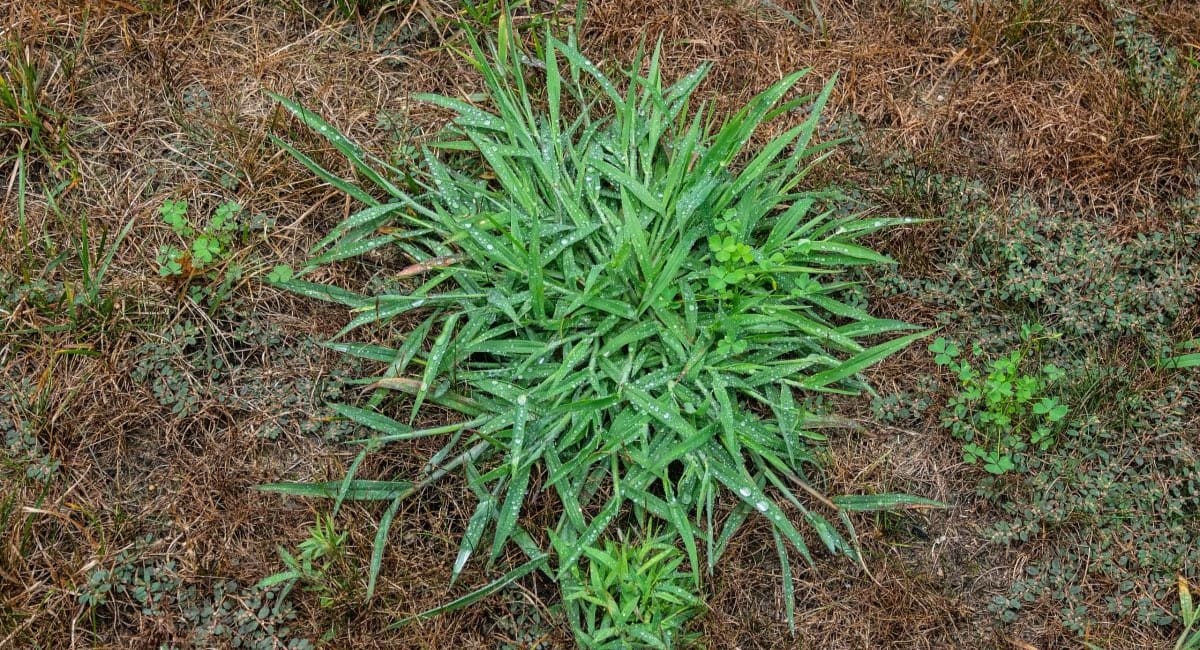

Landscaping Ideas
When To Apply Crabgrass Preemergent
Modified: February 18, 2024
Learn when to apply crabgrass preemergent to keep your lawn free of weeds and maintain a healthy, lush landscape. Get expert landscaping ideas and tips.
(Many of the links in this article redirect to a specific reviewed product. Your purchase of these products through affiliate links helps to generate commission for Storables.com, at no extra cost. Learn more)
Introduction
Landscaping enthusiasts understand the frustration of dealing with stubborn weeds that threaten the beauty and health of a well-tended lawn. Among these, crabgrass stands out as a particularly notorious adversary. Its aggressive growth and ability to choke out desirable grasses make it a common source of exasperation for homeowners. However, with the right approach and timing, it is possible to prevent crabgrass from taking over your lawn.
In this comprehensive guide, we will delve into the best practices for applying crabgrass preemergent. By understanding the nature of crabgrass, the optimal timing for preemergent application, and the key factors to consider, you can effectively safeguard your lawn against this persistent intruder. Let's explore the intricacies of crabgrass control and equip you with the knowledge needed to maintain a lush, weed-free lawn.
Key Takeaways:
- Timing is crucial for applying crabgrass preemergent. Soil temperature and natural indicators help homeowners create a barrier to stop crabgrass seeds from germinating, preventing a lawn takeover.
- Factors like soil moisture, application method, and grass seeding timing maximize the effectiveness of crabgrass preemergent. Strategic planning and environmental awareness fortify lawns against invasive weeds.
Read more: When Crabgrass Germinate
Understanding Crabgrass
Crabgrass (genus Digitaria) is an annual weed that plagues lawns and gardens across the United States. Its name is derived from the plant’s low-growing, spreading habit, with stems that radiate outward from a central root. This growth pattern forms a characteristic crab-like shape, hence the name.
One of the most challenging aspects of dealing with crabgrass is its prolific seed production. A single plant can generate thousands of seeds, which remain viable in the soil for several years. This resilience allows crabgrass to thrive and spread rapidly, outcompeting desirable grass species and creating unsightly patches in lawns.
Crabgrass typically germinates in the spring when soil temperatures reach around 55 to 60 degrees Fahrenheit (12 to 15.5 degrees Celsius). In warmer regions, germination may occur earlier, while cooler climates experience later onset. Understanding this germination behavior is crucial for effective preemergent application, as it dictates the optimal timing to prevent crabgrass growth.
Identifying crabgrass is key to implementing targeted control measures. The plant features coarse, light green leaves with a prominent midvein. As it matures, crabgrass develops finger-like seed heads that branch out from the main stem. These distinctive characteristics aid in differentiation from desirable grasses, enabling homeowners to take proactive steps in managing its growth.
By gaining insights into the life cycle and morphology of crabgrass, homeowners can develop a strategic approach to combatting this pervasive weed. The next step is to determine the most opportune time for applying preemergent herbicides to thwart crabgrass before it takes root and wreaks havoc on your lawn.
Timing for Preemergent Application
Timing is critical when it comes to applying preemergent herbicides for crabgrass control. The goal is to create a barrier in the soil that prevents crabgrass seeds from germinating. This proactive approach effectively stops the weed before it emerges, sparing homeowners the arduous task of battling established crabgrass plants.
The timing of preemergent application hinges on soil temperature, specifically targeting the period before crabgrass seeds begin to germinate. As a general rule of thumb, preemergent herbicides should be applied when soil temperatures consistently reach 55 to 60 degrees Fahrenheit (12 to 15.5 degrees Celsius) for several consecutive days. Monitoring soil temperature is crucial, as it signals the onset of crabgrass germination and guides the timing of herbicide application.
For many regions, this temperature threshold aligns with the blooming of forsythia shrubs or the emergence of lilac blooms. These natural indicators serve as reliable cues for homeowners to initiate their preemergent treatment. However, in areas with varying climates, it is advisable to utilize soil thermometers to accurately gauge soil temperature and determine the optimal timing for application.
Applying preemergent herbicides too early may result in diminished effectiveness, as the barrier could degrade before the end of the germination period. Conversely, delaying application risks missing the window of opportunity to prevent crabgrass growth. Achieving the perfect timing demands a balance between anticipation and precision, ensuring that the herbicide forms a robust shield against emerging crabgrass seeds.
It is important to note that once crabgrass has germinated and begun to establish itself, preemergent herbicides lose their efficacy. Therefore, early intervention is key to successfully thwarting crabgrass and preserving the pristine appearance of your lawn. By mastering the art of timing preemergent application, homeowners can take proactive measures to safeguard their lawns from the persistent threat of crabgrass invasion.
Apply crabgrass preemergent in early spring before soil temperatures reach 55-60°F. This will prevent crabgrass seeds from germinating and taking over your lawn.
Factors to Consider
When preparing to apply crabgrass preemergent, several factors warrant careful consideration to maximize its effectiveness and ensure optimal results. By addressing these key aspects, homeowners can enhance the efficacy of their crabgrass control efforts and fortify their lawns against weed infestations.
- Soil Moisture: Adequate soil moisture is essential for activating preemergent herbicides. Before application, it is crucial to assess soil moisture levels to ensure that the herbicide can effectively form a barrier in the soil. If the soil is excessively dry, irrigation may be necessary to facilitate the activation and distribution of the herbicide.
- Application Method: Selecting the appropriate application method is pivotal in achieving uniform coverage and optimal efficacy. Whether using granular or liquid formulations, homeowners should follow manufacturer recommendations and employ precise application techniques to evenly distribute the herbicide across the lawn.
- Grass Seeding: If overseeding or establishing new turf, it is imperative to carefully coordinate the timing of preemergent application with grass seeding activities. Certain preemergent herbicides can hinder seed germination, potentially impeding the establishment of new grass. Understanding the compatibility of herbicides with grass seeding is crucial for fostering a healthy and robust lawn.
- Weed Control Duration: Different preemergent herbicides exhibit varying durations of weed control. Some formulations provide protection for several months, while others may necessitate reapplication after a shorter interval. Evaluating the longevity of weed control offered by the selected herbicide is essential for devising a sustainable crabgrass management strategy.
- Environmental Conditions: Assessing environmental factors such as rainfall, temperature, and potential soil disturbances is pivotal in optimizing preemergent application. Unfavorable weather conditions, excessive precipitation, or soil disruption following herbicide application can compromise its efficacy, underscoring the importance of strategic timing and environmental awareness.
By meticulously considering these factors and tailoring their approach to suit specific lawn conditions, homeowners can elevate the effectiveness of crabgrass preemergent applications and fortify their lawns against invasive weeds. Embracing a proactive and informed approach to weed management empowers homeowners to cultivate healthy, vibrant lawns that are resilient to the encroachment of crabgrass and other unwanted intruders.
Conclusion
Combatting crabgrass requires a multifaceted approach that encompasses an understanding of the weed’s behavior, strategic timing for preemergent application, and careful consideration of various factors that influence the efficacy of herbicide treatments. By assimilating these elements, homeowners can proactively defend their lawns against the relentless encroachment of crabgrass, fostering a lush and vibrant outdoor space.
Understanding the life cycle and growth habits of crabgrass is instrumental in formulating an effective control strategy. Armed with knowledge of the weed’s germination triggers and distinctive characteristics, homeowners can identify opportune moments for preemptive action, mitigating the risk of crabgrass infestations.
Timing preemergent herbicide applications to coincide with the onset of crabgrass germination is paramount. By leveraging soil temperature cues and natural indicators, homeowners can deploy herbicides at the optimal juncture, creating a robust barrier that impedes crabgrass seed germination and establishment.
Moreover, meticulous attention to factors such as soil moisture, application methods, grass seeding activities, weed control duration, and environmental conditions elevates the effectiveness of preemergent treatments. By integrating these considerations into their approach, homeowners can maximize the impact of herbicide applications and fortify their lawns against invasive crabgrass incursions.
In essence, the battle against crabgrass demands a proactive and informed stance. By embracing the intricacies of crabgrass control and aligning preemergent applications with the weed’s life cycle and environmental dynamics, homeowners can cultivate resilient, weed-free lawns that serve as verdant havens for relaxation and recreation.
Armed with a comprehensive understanding of crabgrass behavior, the optimal timing for preemergent application, and the key factors that influence treatment efficacy, homeowners are empowered to take decisive action in safeguarding their lawns against the persistent threat of crabgrass. By implementing these insights, homeowners can nurture thriving, resilient lawns that exude natural beauty and vitality.
Frequently Asked Questions about When To Apply Crabgrass Preemergent
Was this page helpful?
At Storables.com, we guarantee accurate and reliable information. Our content, validated by Expert Board Contributors, is crafted following stringent Editorial Policies. We're committed to providing you with well-researched, expert-backed insights for all your informational needs.
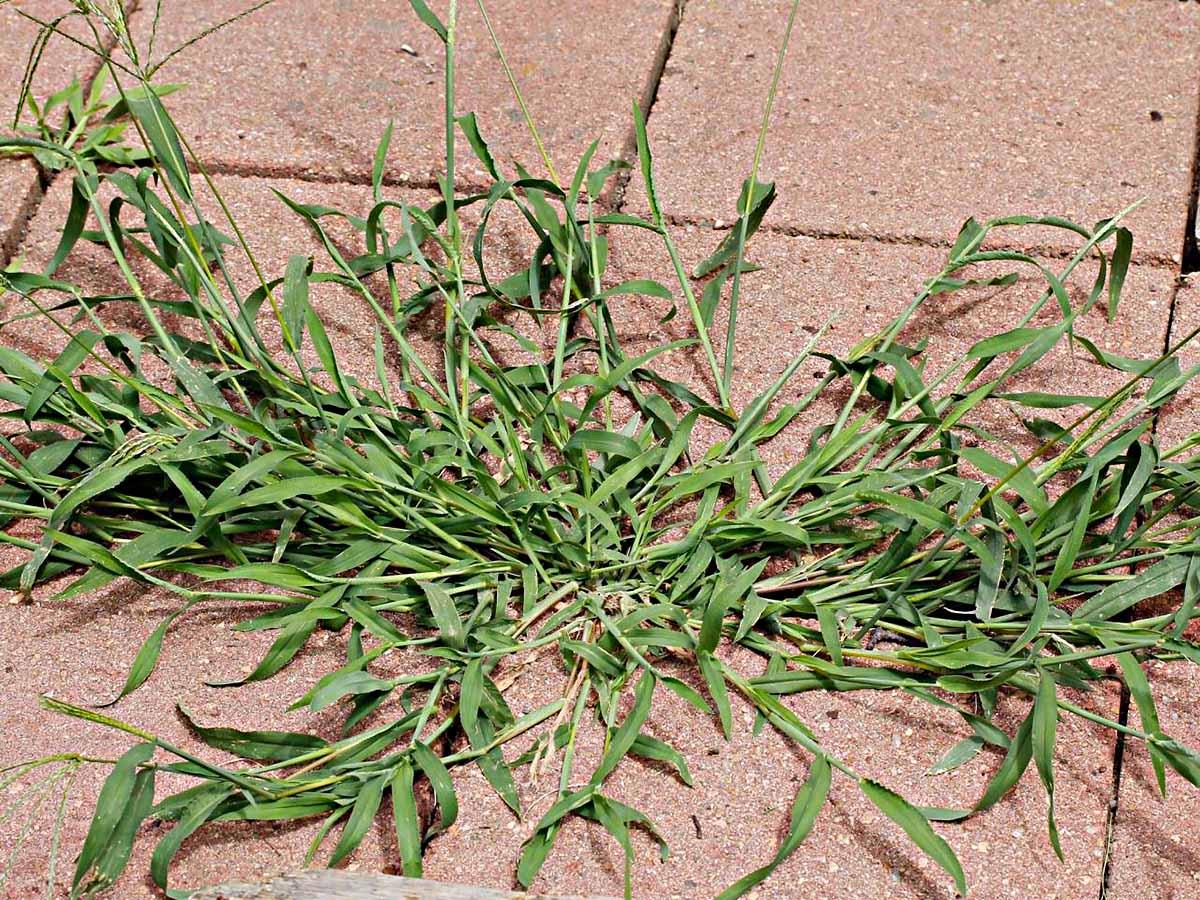
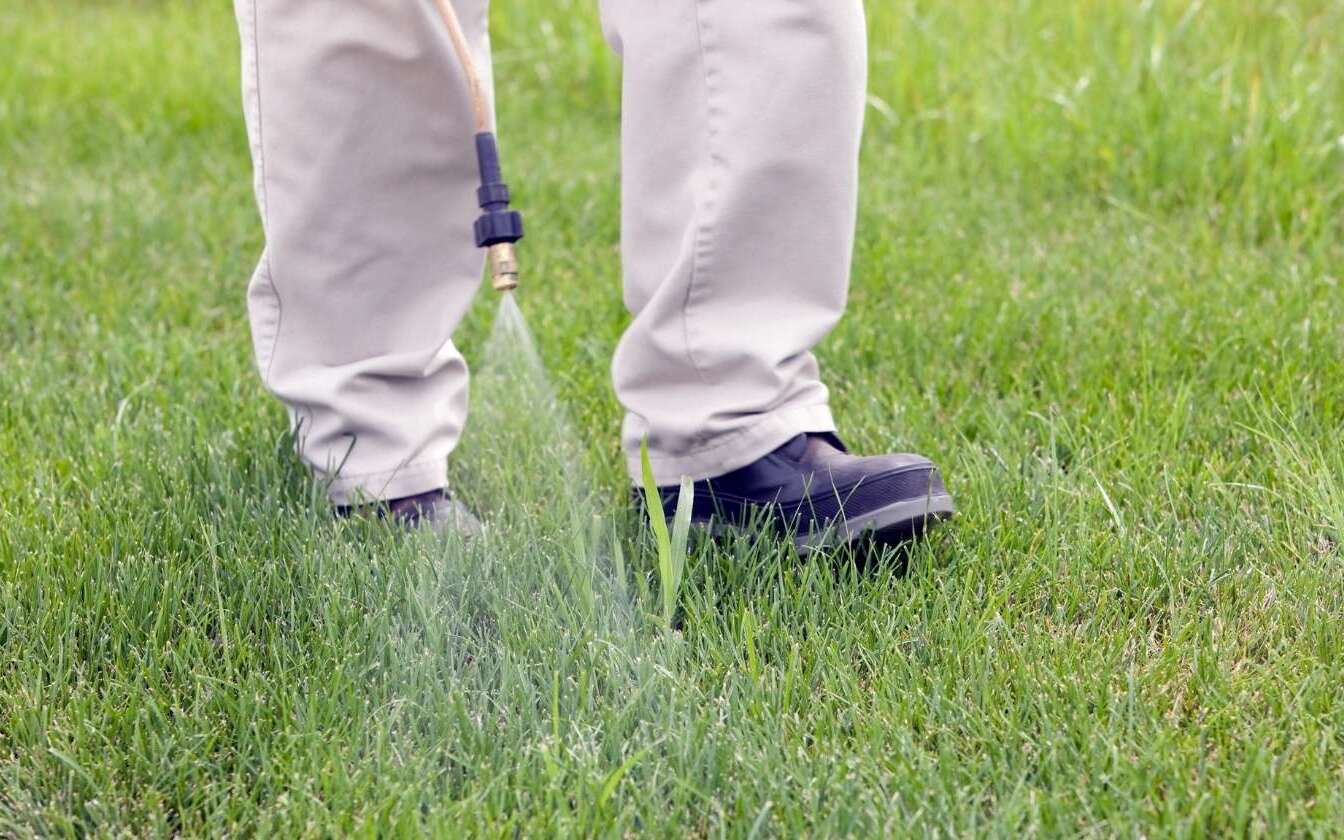
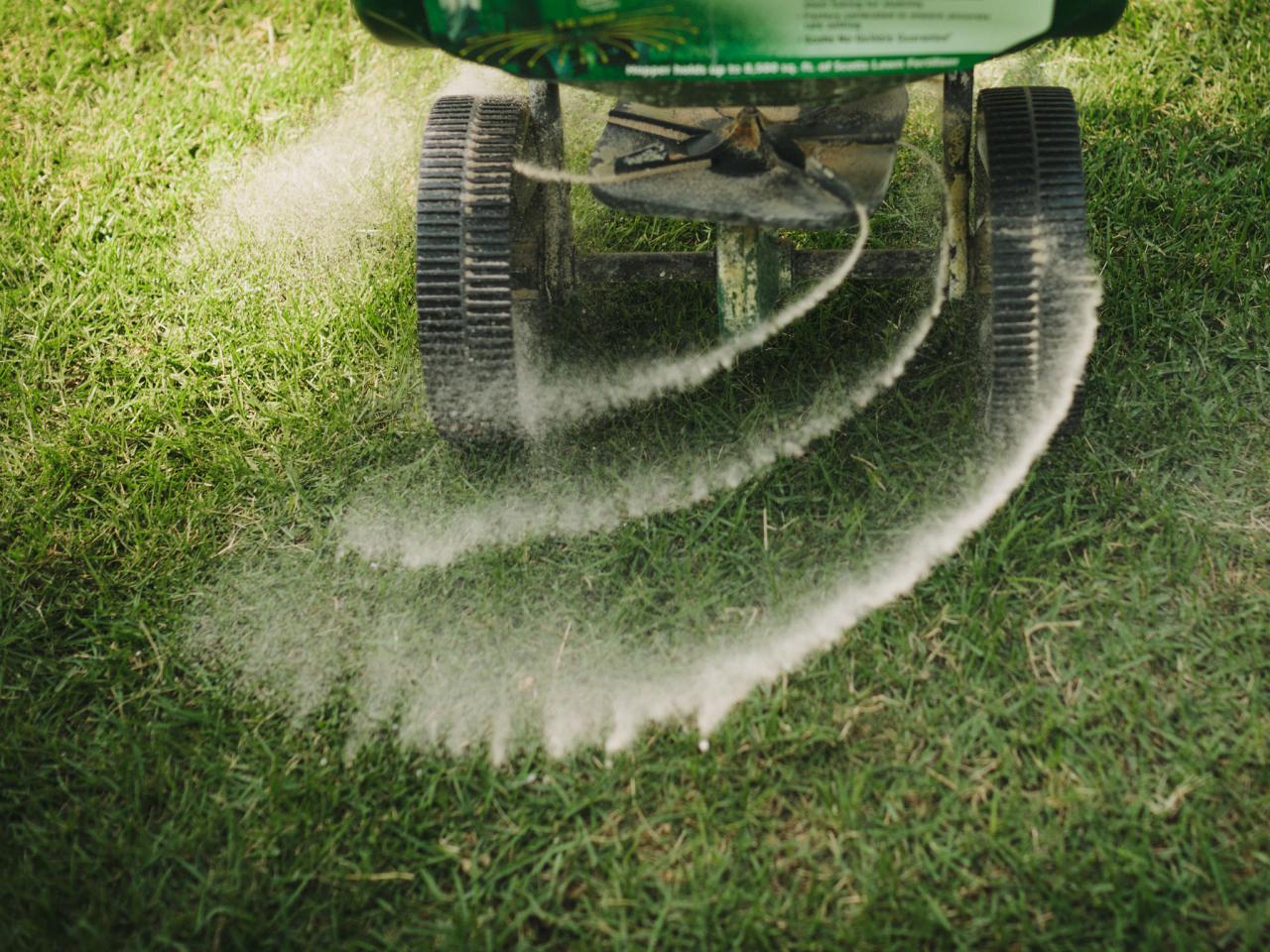
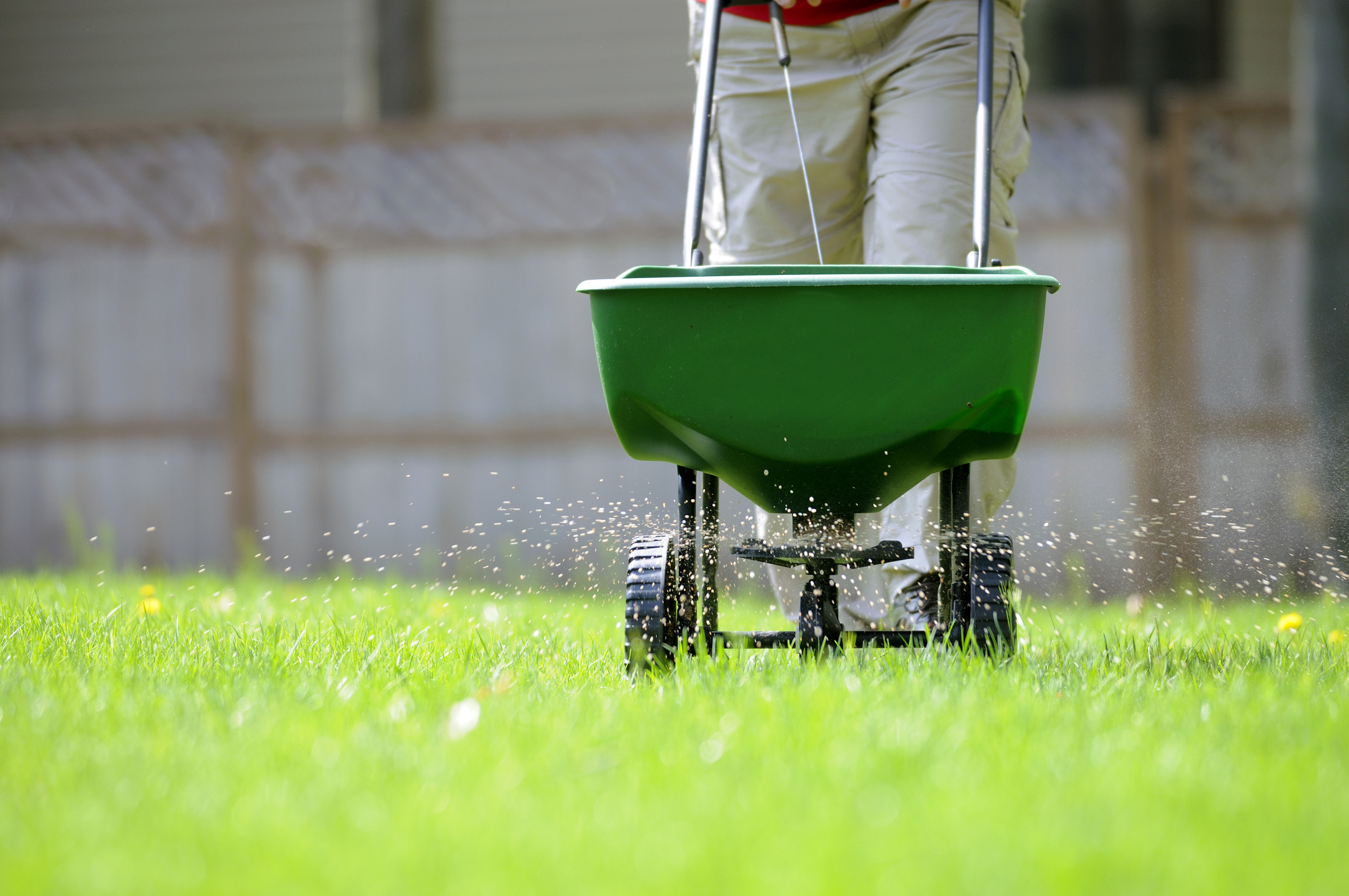
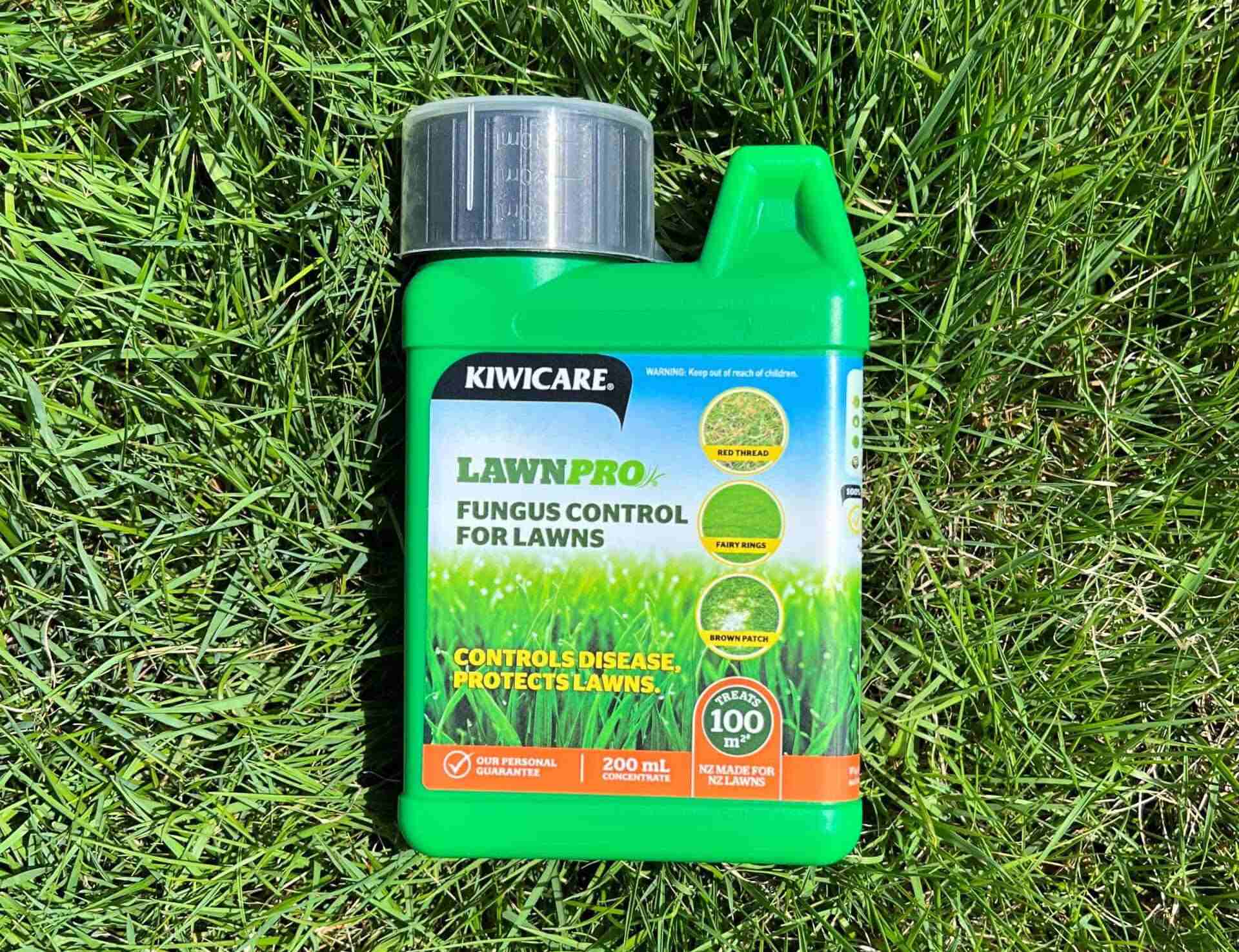

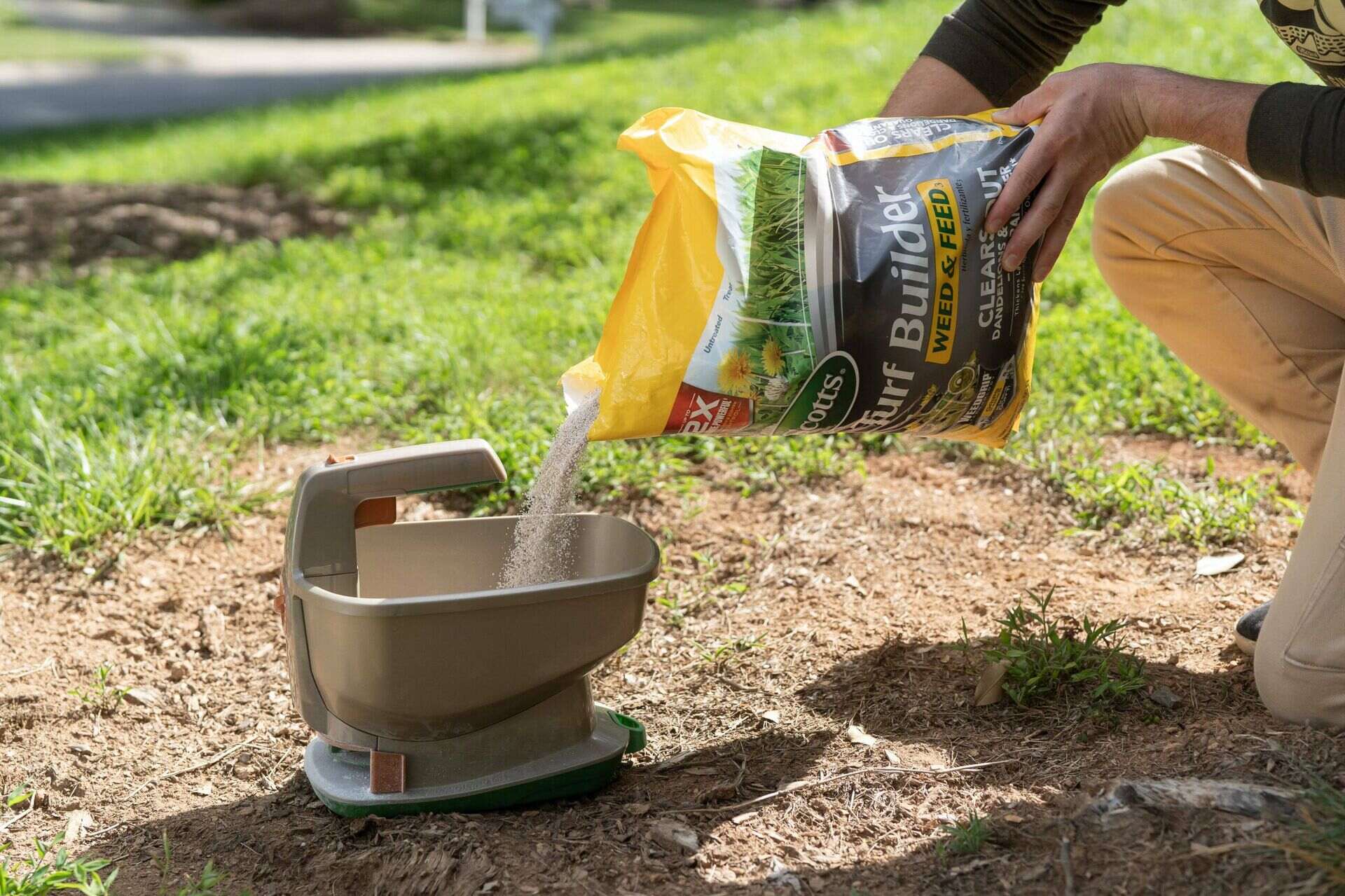
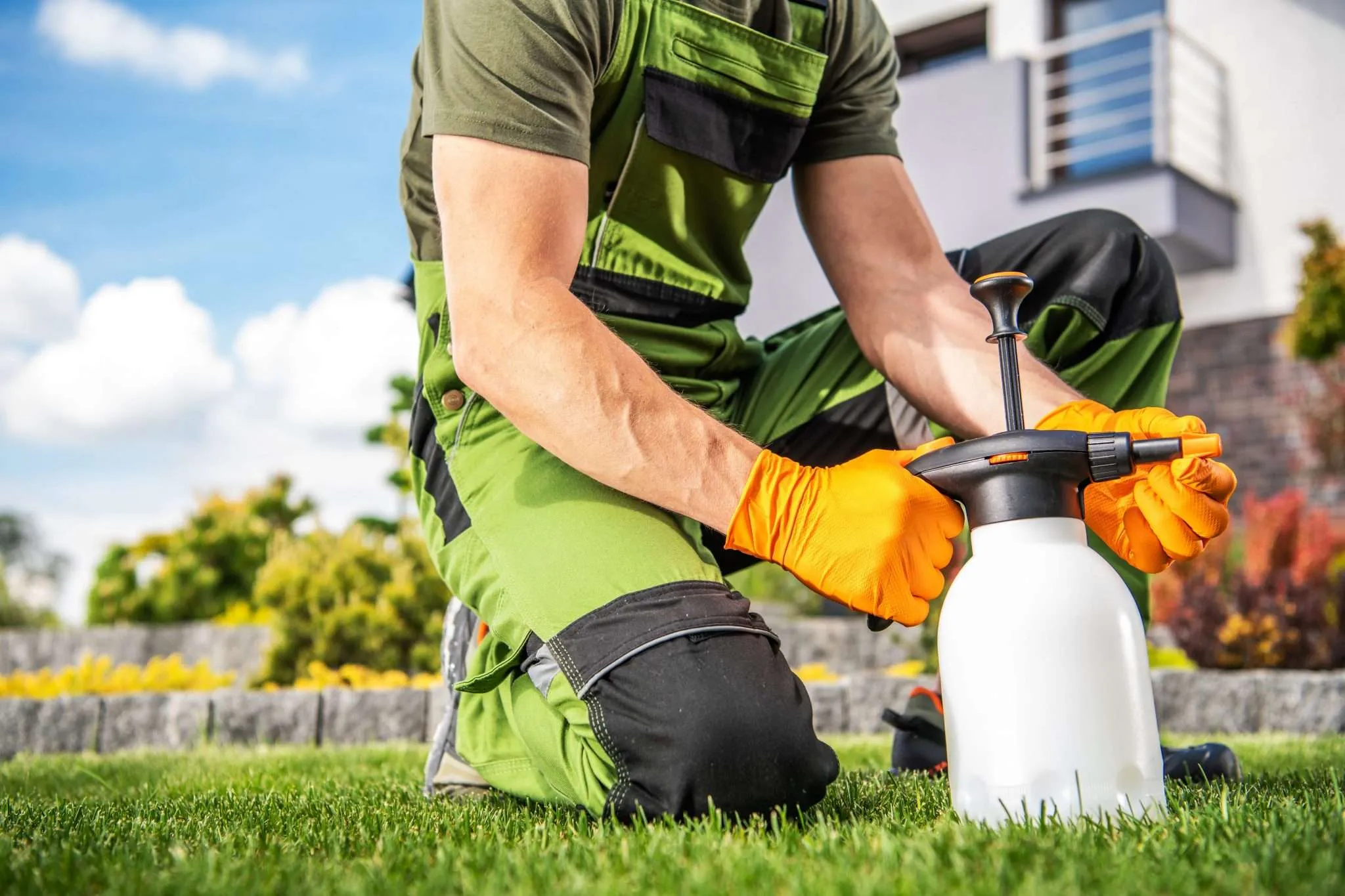
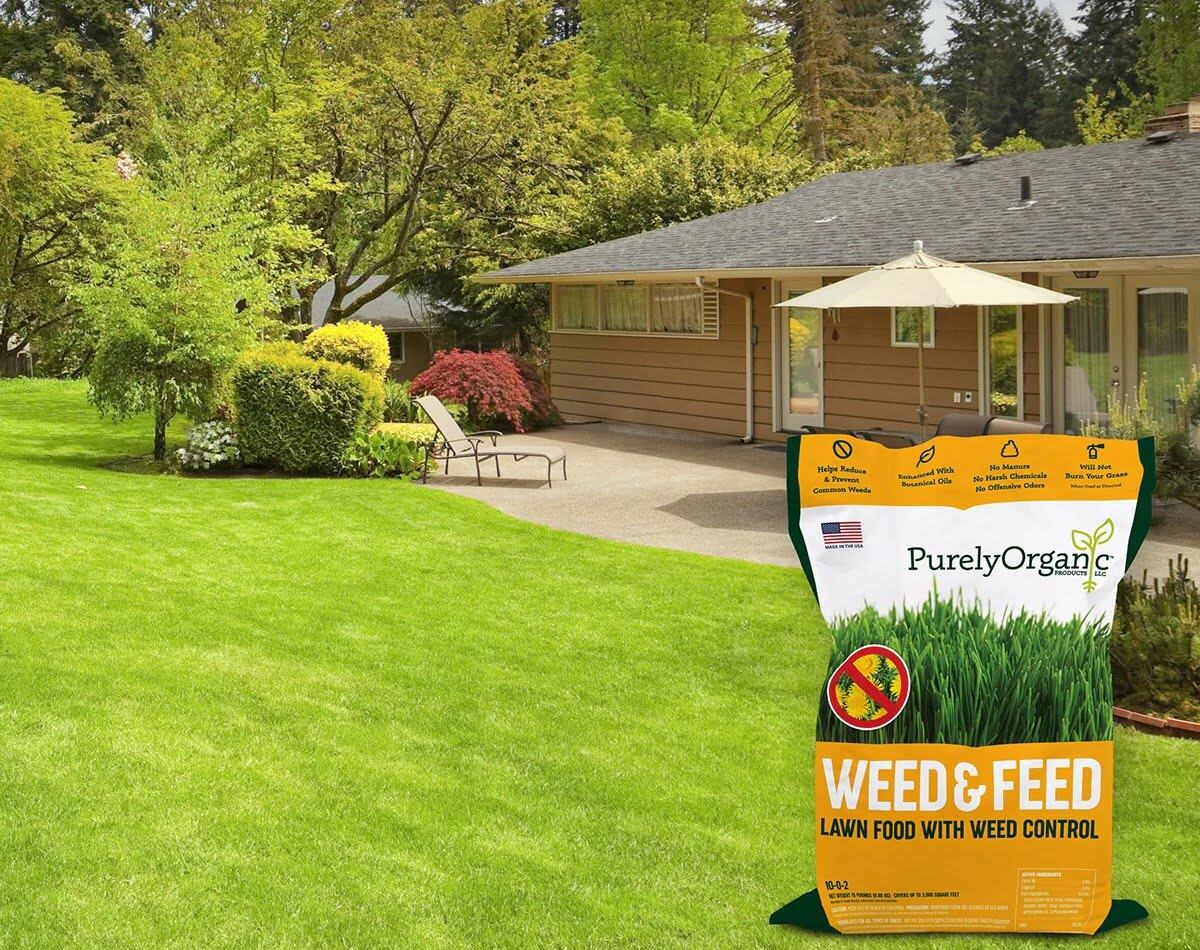

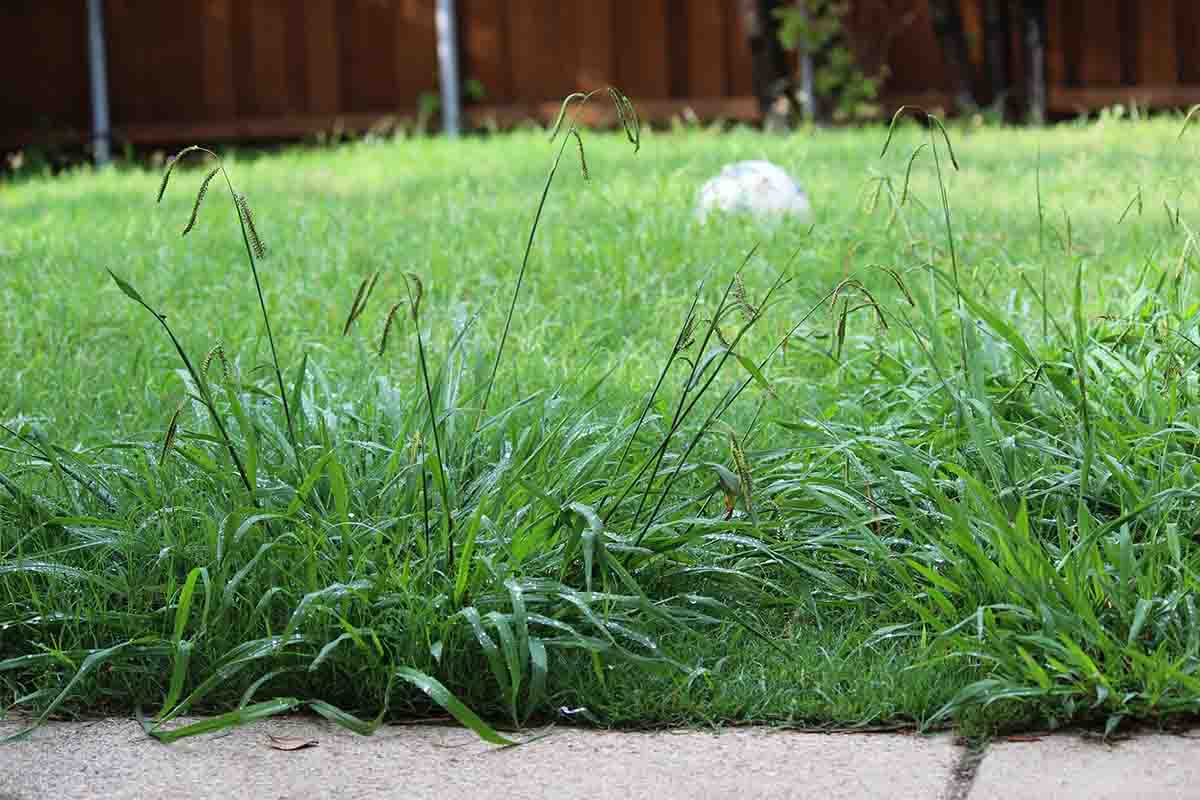
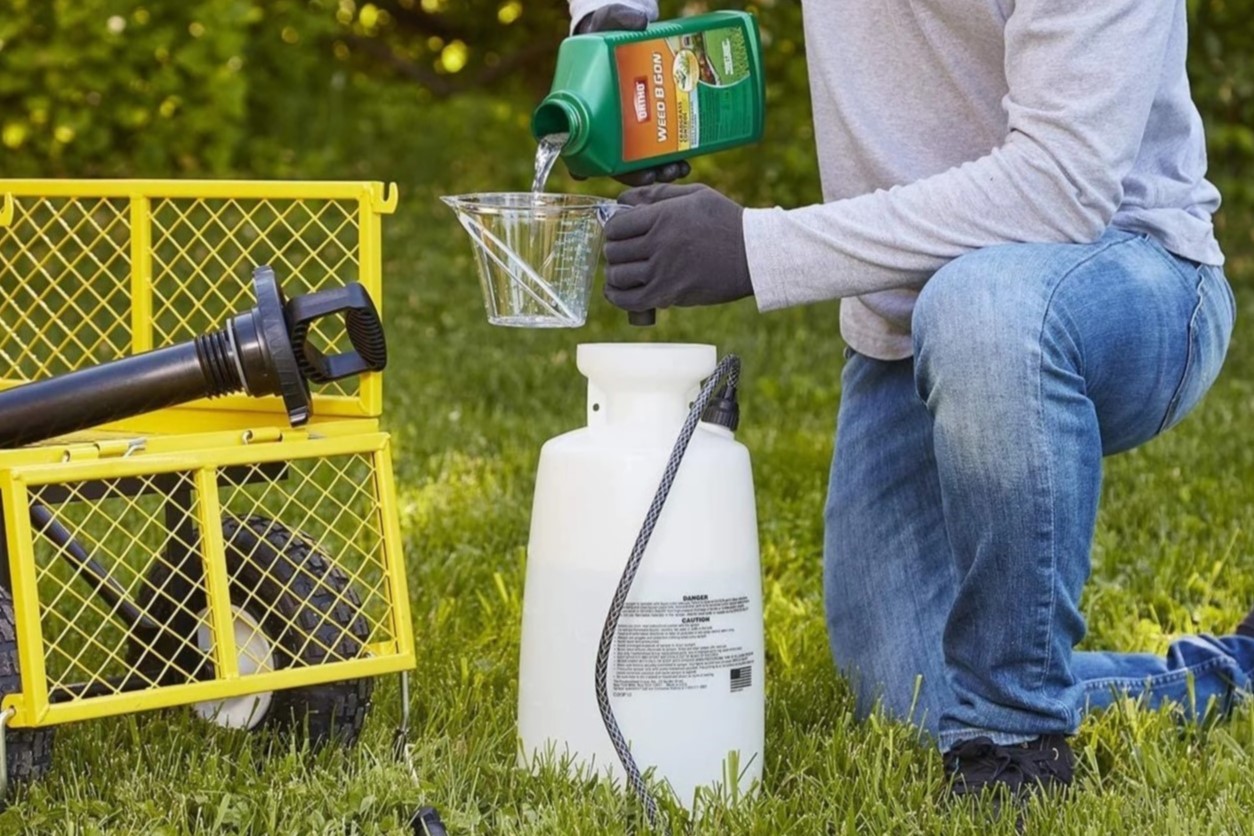

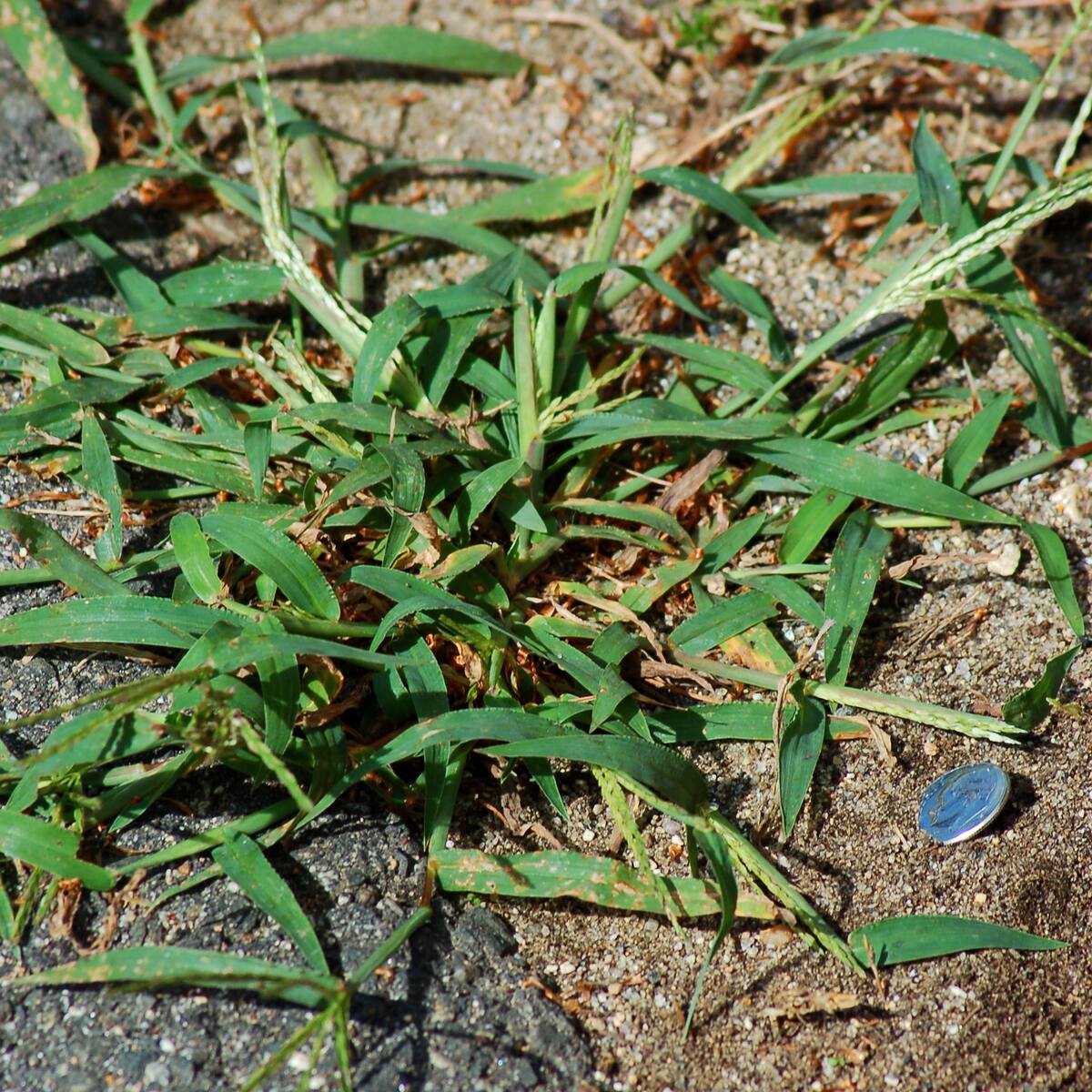


0 thoughts on “When To Apply Crabgrass Preemergent”